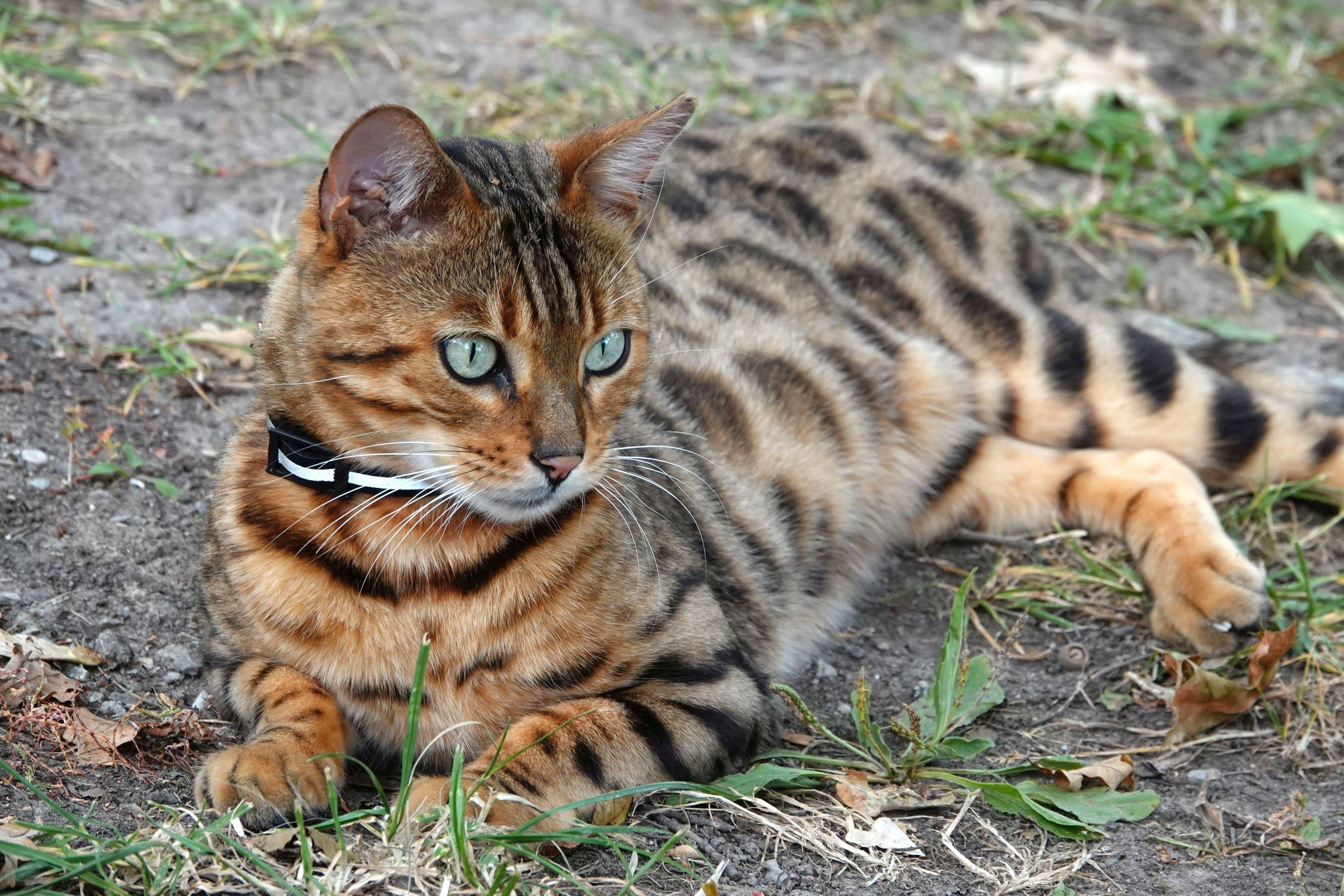
What are some cool facts about Cat whiskers?
Certainly! Cat whiskers, or "vibrissae," are absolutely fascinating and serve many vital functions for our feline friends. Here are some detailed fun facts about them:
1. **Sensory Organs**: Whiskers are not just hair; they're highly sensitive tactile organs. They can detect even the slightest change in their surroundings, which is useful for detecting nearby objects and changes in air currents.
2. **Whisker Fatigue**: If a cat's whiskers are repeatedly touched or if they come into contact with objects too often, a cat can experience sensory overload, often referred to as "whisker fatigue." This is why some cats may prefer wider food or water dishes that don't touch their whiskers.
3. **Mood Indicator**: You can tell a lot about a cat's mood by the position of its whiskers. Forward-pointing whiskers typically indicate that a cat is curious or playful, while whiskers pointing backward can mean the cat is scared or agitated.
4. **Night Navigation**: Whiskers help cats navigate in the dark. If a cat can fit its head through a space, the body can typically follow. This is largely because the width of their whiskers usually corresponds to the width of their body.
5. **Different Types**: Cats have several sets of specialized whiskers. The most obvious are on the sides of the nose, but cats also have whiskers above their eyes (like eyebrows), on their chins, and on the backs of their front legs.
6. **Rooted Deeply**: Whiskers are deeply rooted, much more so than regular hairs, and are connected to the muscular and nervous systems. This makes them highly sensitive.
7. **Shedding**: Like other hairs on a cat's body, whiskers can and do shed. It's natural to find one now and then around your home if you have a cat.
8. **Regrowth**: If a whisker falls out or is cut (which you should never do), it will eventually grow back. However, until it does, that might affect the cat's spatial calculations, especially in the dark.
9. **Color and Aging**: A cat's whiskers are usually white, regardless of the cat's fur color. However, just like humans can get gray hair as they age, a cat's whiskers can also change color, typically darkening, with age.
10. **Biofeedback Mechanism**: The base of each whisker is surrounded by sensitive nerve endings. When the whisker touches something, these nerve endings send signals to the brain, providing the cat with detailed information about its surroundings, even detecting changes in temperature.
Whiskers play an essential role in a cat's life, from navigating their environment to communicating their feelings. Always remember to be gentle around a cat's whiskers, as they're an important sensory tool for them.
1. **Sensory Organs**: Whiskers are not just hair; they're highly sensitive tactile organs. They can detect even the slightest change in their surroundings, which is useful for detecting nearby objects and changes in air currents.
2. **Whisker Fatigue**: If a cat's whiskers are repeatedly touched or if they come into contact with objects too often, a cat can experience sensory overload, often referred to as "whisker fatigue." This is why some cats may prefer wider food or water dishes that don't touch their whiskers.
3. **Mood Indicator**: You can tell a lot about a cat's mood by the position of its whiskers. Forward-pointing whiskers typically indicate that a cat is curious or playful, while whiskers pointing backward can mean the cat is scared or agitated.
4. **Night Navigation**: Whiskers help cats navigate in the dark. If a cat can fit its head through a space, the body can typically follow. This is largely because the width of their whiskers usually corresponds to the width of their body.
5. **Different Types**: Cats have several sets of specialized whiskers. The most obvious are on the sides of the nose, but cats also have whiskers above their eyes (like eyebrows), on their chins, and on the backs of their front legs.
6. **Rooted Deeply**: Whiskers are deeply rooted, much more so than regular hairs, and are connected to the muscular and nervous systems. This makes them highly sensitive.
7. **Shedding**: Like other hairs on a cat's body, whiskers can and do shed. It's natural to find one now and then around your home if you have a cat.
8. **Regrowth**: If a whisker falls out or is cut (which you should never do), it will eventually grow back. However, until it does, that might affect the cat's spatial calculations, especially in the dark.
9. **Color and Aging**: A cat's whiskers are usually white, regardless of the cat's fur color. However, just like humans can get gray hair as they age, a cat's whiskers can also change color, typically darkening, with age.
10. **Biofeedback Mechanism**: The base of each whisker is surrounded by sensitive nerve endings. When the whisker touches something, these nerve endings send signals to the brain, providing the cat with detailed information about its surroundings, even detecting changes in temperature.
Whiskers play an essential role in a cat's life, from navigating their environment to communicating their feelings. Always remember to be gentle around a cat's whiskers, as they're an important sensory tool for them.




Leave a comment
This site is protected by hCaptcha and the hCaptcha Privacy Policy and Terms of Service apply.